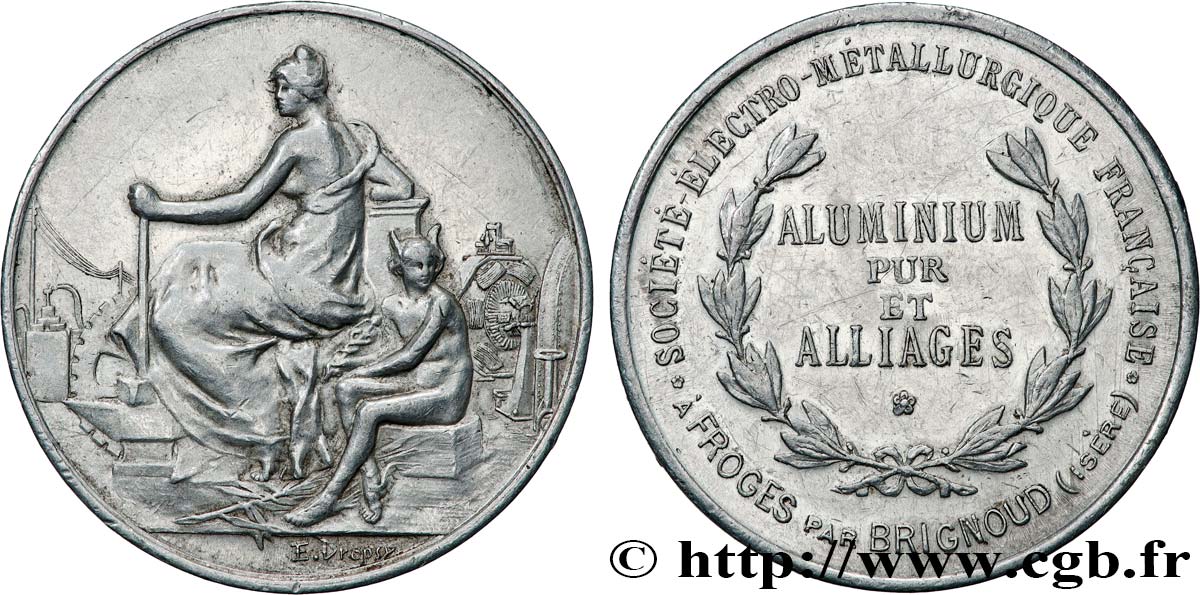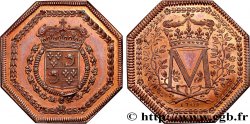Live auction - fjt_906591 - DAUPHINÉ - GENTRY AND TOWNS Société d’électro-métallurgie française Brignoud n.d.
You must signin and be an approved bidder to bid, LOGIN TO BID. Accounts are subject to approval and the approval process takes place within 48 hours. Do not wait until the day a sale closes to register. Clicking on "BID" constitutes acceptance of the terms of use of cgb.fr private live auctions.
Bids must be placed in whole Euro amounts only. The sale will start closing at the time stated on the item description; any bids received at the site after the closing time will not be executed. Transmission times may vary and bids could be rejected if you wait until the last second. For further information check the Live auction FAQ
All winning bids are subject to a 18% buyer’s fee.
All winning bids are subject to a 18% buyer’s fee.
| Estimate : | 20 € |
| Price : | 10 € |
| Maximum bid : | 15 € |
| End of the sale : | 09 April 2024 18:53:32 |
| bidders : | 1 bidder |
Type : Société d’électro-métallurgie française Brignoud
Date: n.d.
Metal : aluminium
Diameter : 37 mm
Orientation dies : 12 h.
Weight : 4,19 g.
Edge : lisse
Obverse
Obverse description : Allégorie du travail (la France ?) assise de dos vers la gauche ; derrière elle Mercure assis au-devant de générateurs électriques ; à l’exergue signature E. DROPSY.
Reverse
Reverse legend : SOCIÉTÉ ÉLECTRO-MÉTALLURGIQUE FRANÇAISE// * FROGES PAR BRIGNOUD (ISÈRE) * AU CENTRE EN QUATRE LIGNES : ALUMINIUM/ PUR/ ET/ ALLIAGES.
Reverse description : Couronne de laurier, au centre en quatre lignes : ALUMINIUM/ PUR/ ET/ ALLIAGES.
Commentary
L’aluminium est au XIXe siècle, avant de connaître un succès considérable au XXe siècle, un métal rare et très cher à produire à ses débuts : il est isolé pour la première fois en 1825 par le chimiste danois Hans Christian ŒRSTED, grâce à une réaction chimique avec un amalgame au potassium. Entre 1827 et 1845, le chimiste allemand Friedrich WOHLER est le premier à mesurer la densité de l'aluminium et à montrer sa légèreté. En France, Henri Sainte-Claire Deville expose de l'aluminium pur à l'Exposition internationale de Paris en 1855. En 1887, la création de la Société Électrométallurgique Française permet l’ouverture d’une usine à Froges dans l'Isère, équipée des premières cuves de fabrication industrielle d'aluminium électrolytique.
In the 19th century, before experiencing considerable success in the 20th century, aluminum was a rare and very expensive metal to produce at the beginning: it was isolated for the first time in 1825 by the Danish chemist Hans Christian ŒRSTED, thanks to a chemical reaction with a potassium amalgam. Between 1827 and 1845, the German chemist Friedrich WOHLER was the first to measure the density of aluminum and to demonstrate its lightness. In France, Henri Sainte-Claire Deville exhibited pure aluminum at the International Exhibition in Paris in 1855. In 1887, the creation of the Société Électrométallurgique Française allowed the opening of a factory in Froges in Isère, equipped with the first vats for the industrial production of electrolytic aluminum.
In the 19th century, before experiencing considerable success in the 20th century, aluminum was a rare and very expensive metal to produce at the beginning: it was isolated for the first time in 1825 by the Danish chemist Hans Christian ŒRSTED, thanks to a chemical reaction with a potassium amalgam. Between 1827 and 1845, the German chemist Friedrich WOHLER was the first to measure the density of aluminum and to demonstrate its lightness. In France, Henri Sainte-Claire Deville exhibited pure aluminum at the International Exhibition in Paris in 1855. In 1887, the creation of the Société Électrométallurgique Française allowed the opening of a factory in Froges in Isère, equipped with the first vats for the industrial production of electrolytic aluminum.








 Report a mistake
Report a mistake Print the page
Print the page Share my selection
Share my selection Ask a question
Ask a question Consign / sell
Consign / sell
 Full data
Full data





